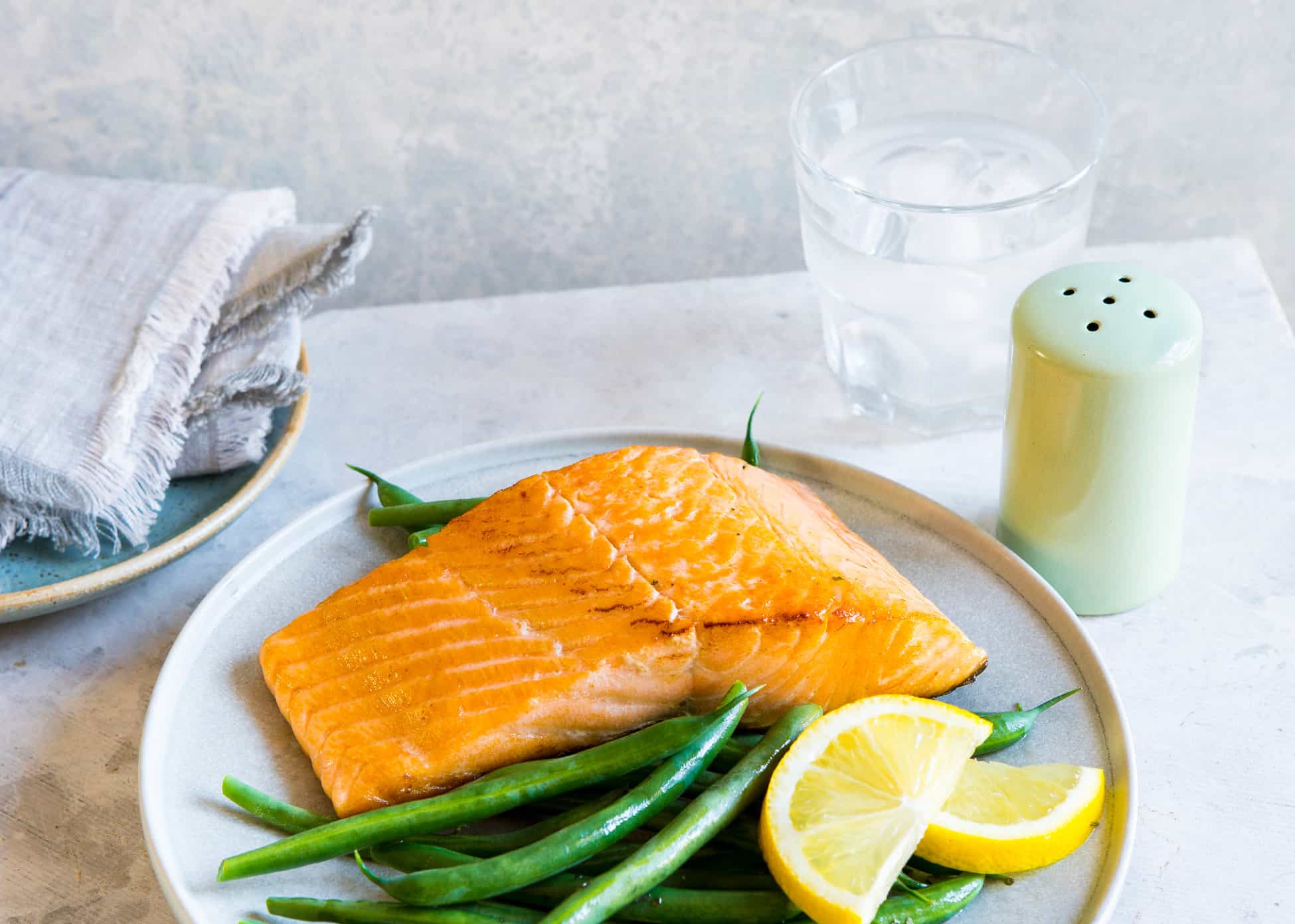What you’ll learn:
- The ice hack loss involves eating or drinking cold foods or exposing your body to freezing temperatures to increase calorie burn and boost metabolism.
- While the science behind the technique is valid, there’s limited evidence that cold temperatures will lead to significant weight loss.
- The ice hack should not replace a balanced diet and regular exercise, and people need to be aware of safety concerns before trying some versions of this method.
Another day, another weight loss trend. The latest one making the rounds is the “ice hack.” But what’s the scoop on this chilly technique?
The ice hack for weight loss is a strategy that involves exposing your body to cold temperatures, supposedly to boost your metabolism and burn more calories. The idea is that when your body gets cold, it works harder to warm up, using more energy in the process.
This concept isn’t entirely new—it’s rooted in the science of thermogenesis, which is your body’s way of producing heat. But is it really effective? Let’s dig into how this method claims to work, explore its potential benefits, and discuss any safety concerns you should be aware of before trying it.
Remember that fad diets don’t lead to long-term results. Noom’s science-backed approach focuses on helping you understand your relationship with food and make sustainable choices that work for you so that you can make positive lifestyle changes that will last.
What are some common ways people practice the ‘ice hack’?
People try the ice hack through various methods, such as drinking ice-cold water, eating frozen fruits, taking cold showers, or using ice packs on certain body areas for 5-20 minutes. Some even go as far as taking ice baths or using cryotherapy chambers at specialty gyms or healthcare facilities. The idea is to incorporate these cold exposures into your daily routine to boost your metabolism.
How is the ‘ice hack’ supposed to work for weight loss?
The ice hack is based on the principle of cold-induced thermogenesis, where your body burns extra calories to keep warm in cold conditions. It does this by increasing its metabolic rate, which speeds up processes like energy creation, fat burning, digestion, and muscle activity (like shivering). These processes allow the body to generate heat to keep itself warm.
When exposed to cold, your body activates brown fat, a special type of fat that generates heat and burns calories to help regulate your body temperature. Brown fat differs from the more common white fat, which primarily stores calories for future energy and is associated with body fat accumulation. While white fat stores excess energy, brown fat is metabolically active, meaning it burns calories to produce heat, making it a key player in thermoregulation and potentially in weight management.
Does exposing your body to freezing temperatures work for weight loss?
While the science behind cold-induced thermogenesis is real, there’s limited evidence that the ice hack leads to significant weight loss. While cold exposure might slightly increase calorie burn, this won’t translate to meaningful weight loss.
Studies have shown that the positive effects are more related to potentially regulating some of the metabolic consequences of having a high BMI, like glucose tolerance. More research is needed to understand if it could be an effective option.
Real results with a personalized weight loss program
Take the quiz!

Is the ‘ice hack’ a replacement for diet and exercise?
No! The ice hack isn’t a substitute for a balanced diet and regular physical activity. Even if it does boost metabolism slightly, the effects are likely minor. There is no clear evidence for its ability to reduce body weight compared to the benefits of eating nutritious foods and staying active.
Is exposing your body to freezing temperatures safe?
While the ice hack might sound like a cool way to boost your metabolism, consider the potential risks before diving in. Here are some safety concerns to keep in mind. Note that these apply to activities like cold plunging, cryotherapy, or other whole-body exposures to cold. It is likely safe to eat and drink cold foods in moderation:
- Shock to your system: Sudden exposure to cold temperatures can be jarring for your body. This is especially dangerous if you are in open water and could lead to:
- Increased heart rate
- Elevated blood pressure
- Difficulty breathing
- Impaired mental ability
- Hypothermia risk: Extended cold exposure, through ice baths or icy showers, can lower your body temperature to dangerous levels. Studies have shown that cold water immersion can cause hypothermia, cardiac arrest, and even drowning in some cases.
- Frostbite: Applying ice directly to your skin for long periods can damage your tissues.
- Worsening of certain health conditions: If you have heart problems, asthma, or Raynaud’s syndrome (a chronic condition that causes reduced blood flow to the extremities like fingers and toes), cold exposure could aggravate your symptoms.
Prioritize your safety and well-being. Before experimenting with any new trend, including the ice hack, talk to your doctor, especially if you have any health concerns.
Choose a sustainable path to weight loss with Noom
The ice hack for weight loss is intriguing but won’t help you lose weight in the long run. No trick or hack can replace a balanced approach to health and wellness. Instead of getting caught up in the latest fad, consider a more sustainable approach.
With Noom, we empower you to make lasting changes through a science-backed program focusing on building healthy habits and a positive relationship with food. Our personalized guidance and supportive community will help you reach your weight loss goals and achieve a healthier lifestyle that lasts.




